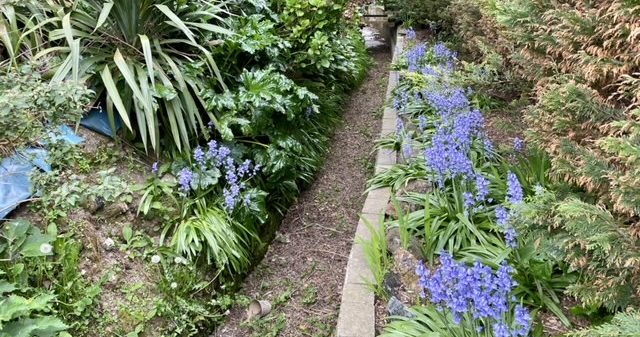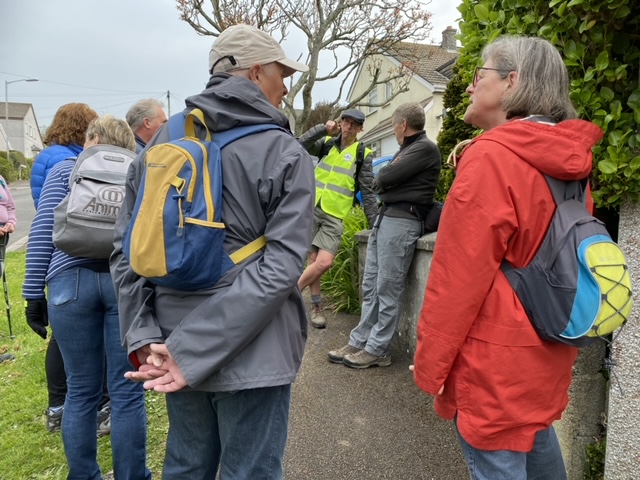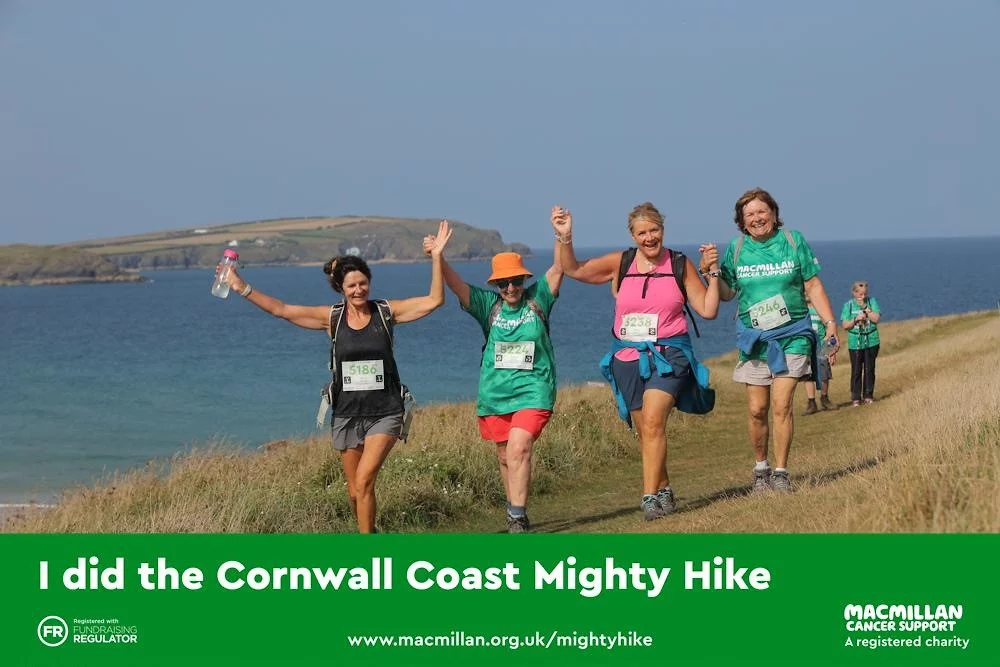Today I joined Andy Trudgian and fellow members of the Charlestown history group exploring John Smeaton and Charles Rashleigh’s incredible engineering feat – the construction of 7 miles of small canals or leats to provide enough head of water to maintain Charlestown harbour.
The leat starts at the Luxulyan valley and along with Charlestown all three are part of Cornwalls World Heritage Mining Site and are deemed world class examples of engineering history.
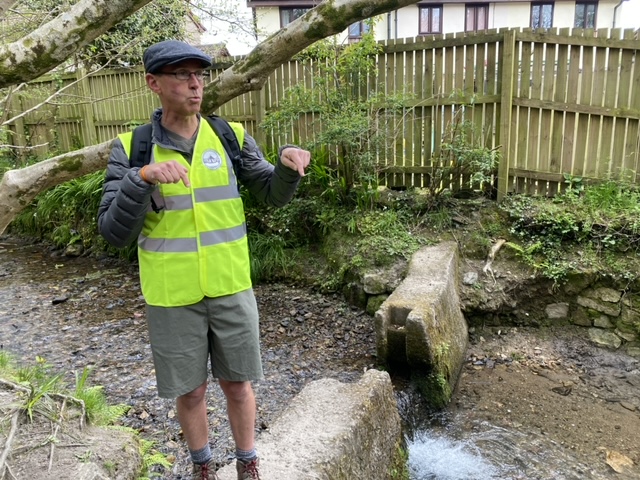
Unfortunately most of the leats are now hidden, squeezed in between housing developments, broken, overgrown and full of rubbish.
Andy took us on a 3 mile walk pointing out vantage points where the leats are still visible and explaining how important they were in developing industries around St Austell.
As I peered into the abandoned trenches I had a deep sense of sadness that this rich history has been allowed to decay and the achievements of the engineers not celebrated more.The water they channelled down to the harbour was controlled by sluices, gates, gush out pipes and this water could be directed and used in many different ways.
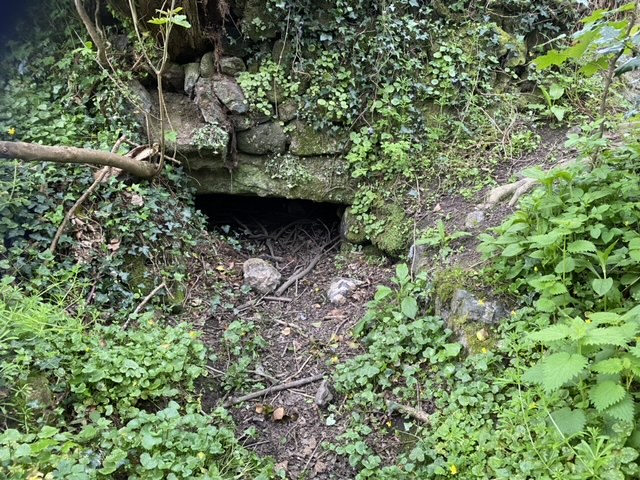
A Leat man was employed full time to keep the leats free of debris and shovelling out silt. One month a year the whole workforce would join him to make sure the flow of water was not impeded. The last Leat man retired in 2004 and no maintenance has been done since then.
The leat arrives at the top of Charlestown road after being channeled underground to accommodate the railway line and the A390. You can follow its path via Mill lane and alongside the road until it veers off in a westerly direction heading for ‘top pond’, one of the two large ponds excavated to hold water reserves ready for flushing out the harbour.
This was necessary as the keels of large ships entered the docks at high tide, nearly touching the bottom. When they were loaded with cargo they sat deeper in the water with the danger of grounding so the water from the ponds was used to top up the harbour. The flow of water was controlled by a little winding house still visible in Barkhouse Lane.
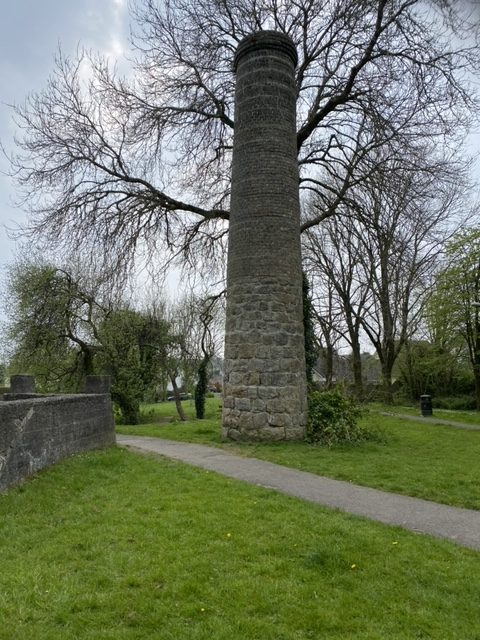
I find these historical forays fascinating and help me understand how the past shapes the present, especially the stories of the characters involved. Despite their great vision and legacy of creating Charlestown, a world famous icon described as ‘the best preserved china clay and copper ore port of this period anywhere in the world’, neither Rashleigh or Smeaton lived to see it finished.
If you are interested and want to find out more you can visit www.cornishmining.co.uk or visit www.charlestownhistorygroup.com or buy local historian Lyndon Allen’s book, Charlestown Time and Tide.
Enjoy a break in CornwallIf you would like to enjoy a break in Cornwall and reconnect with nature and enjoy all the fun events and festivals around Cornwall we’d love to see you. We’ve got a range of cottages which sleep 4-12 people and we’ve won many awards because we are passionate about sustainability – find out more and check availability.
Have you got any suggestions for fascinating historical sites around Cornwall that you’d like to share? We’d love to hear from you on our Facebook page, Instagram or tweet @Bosinver





